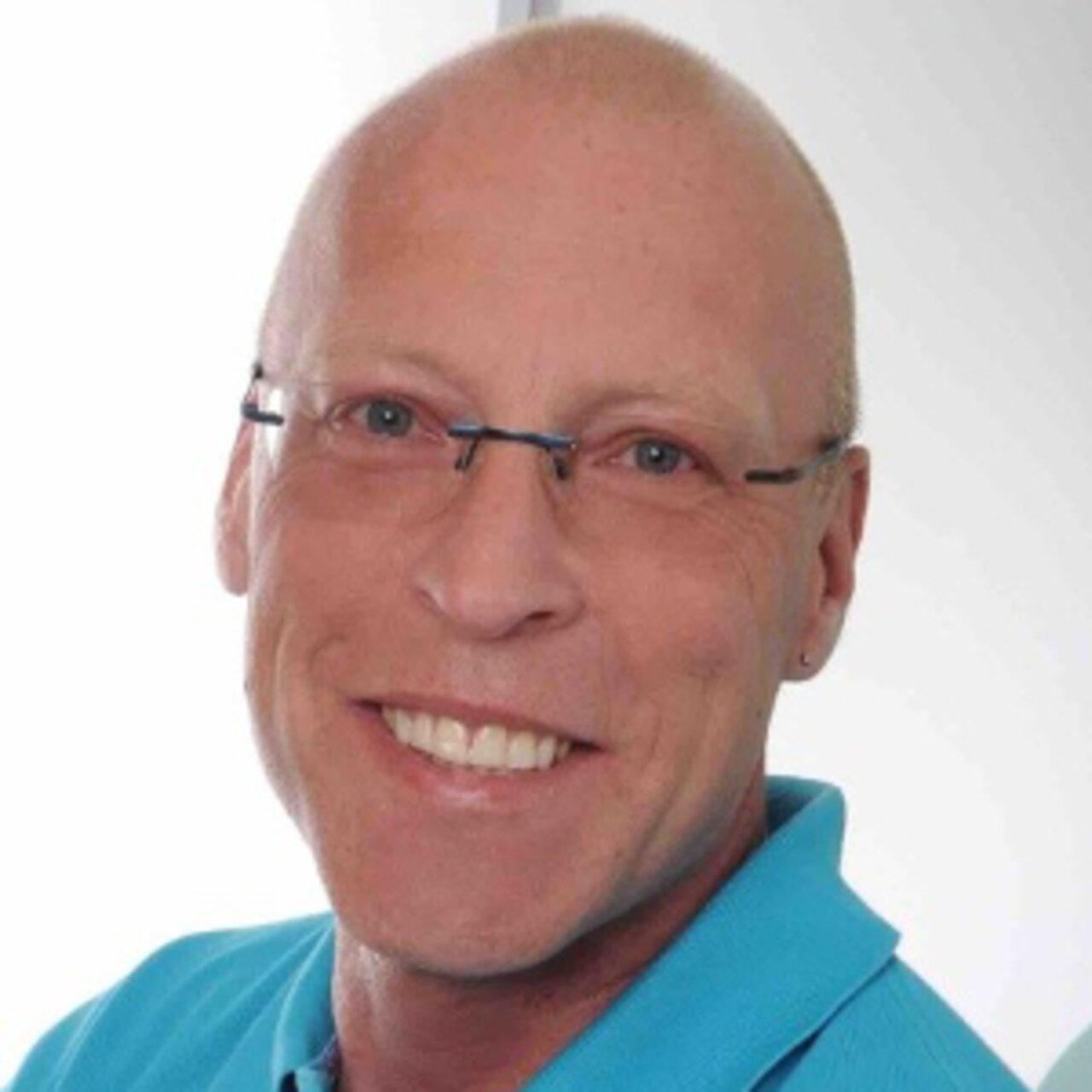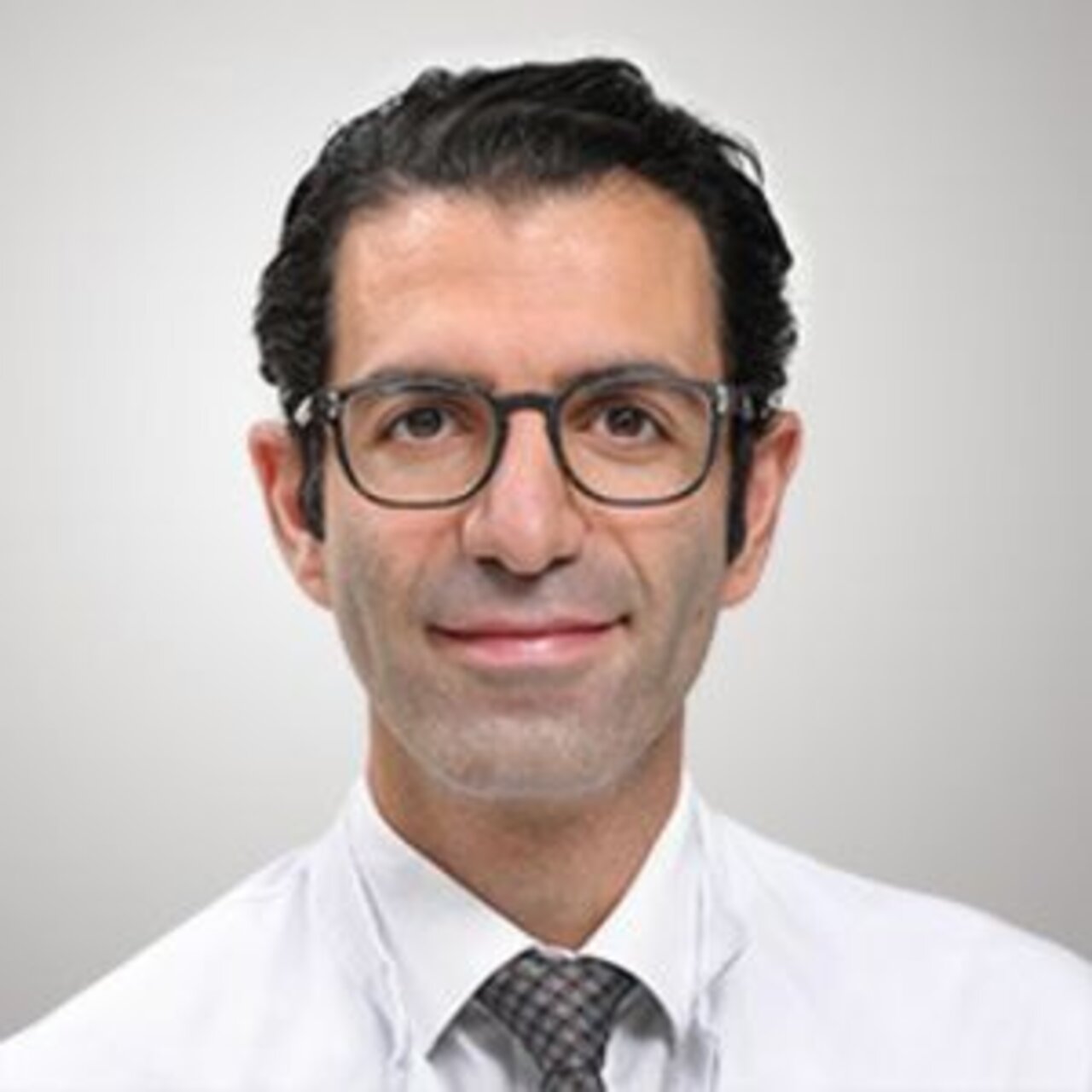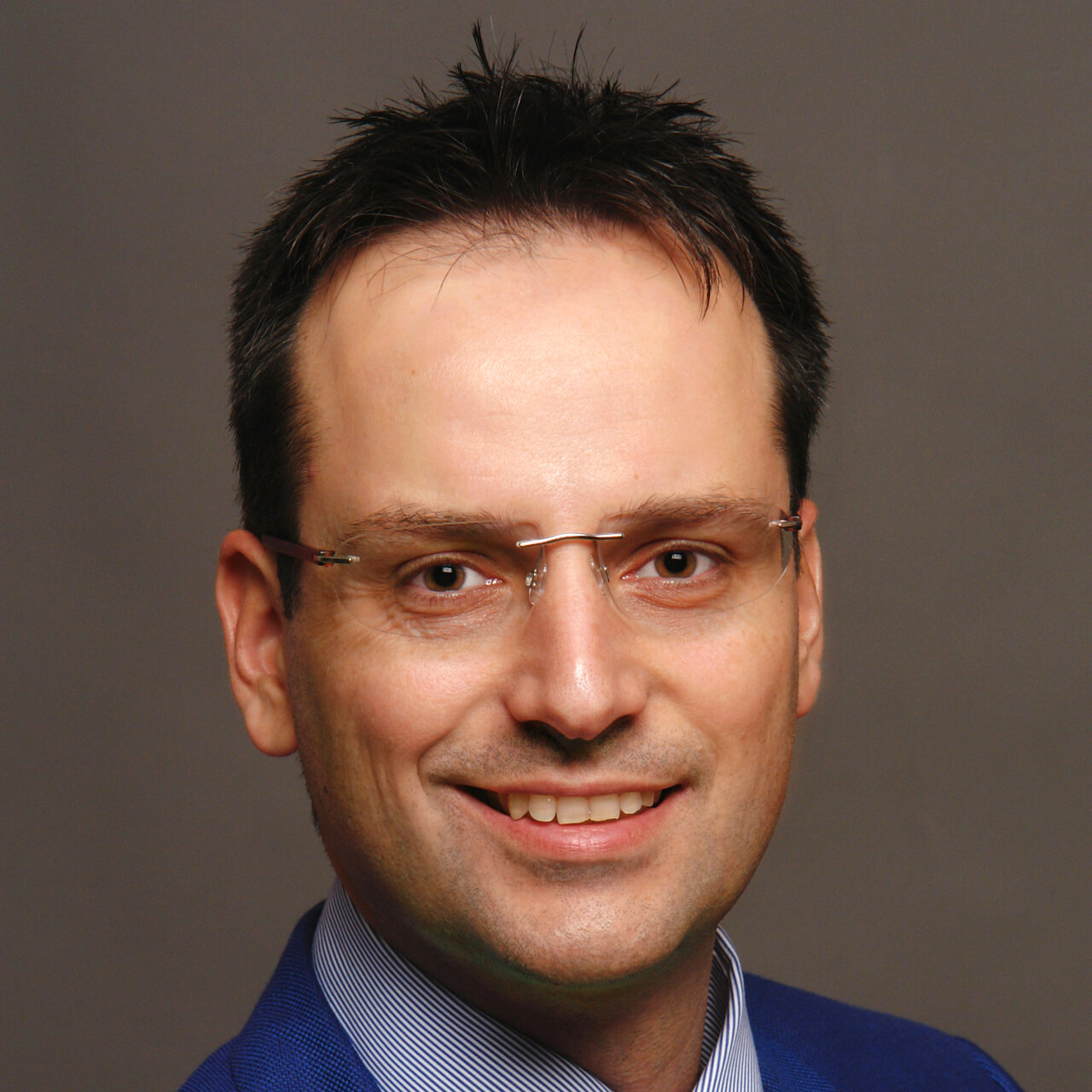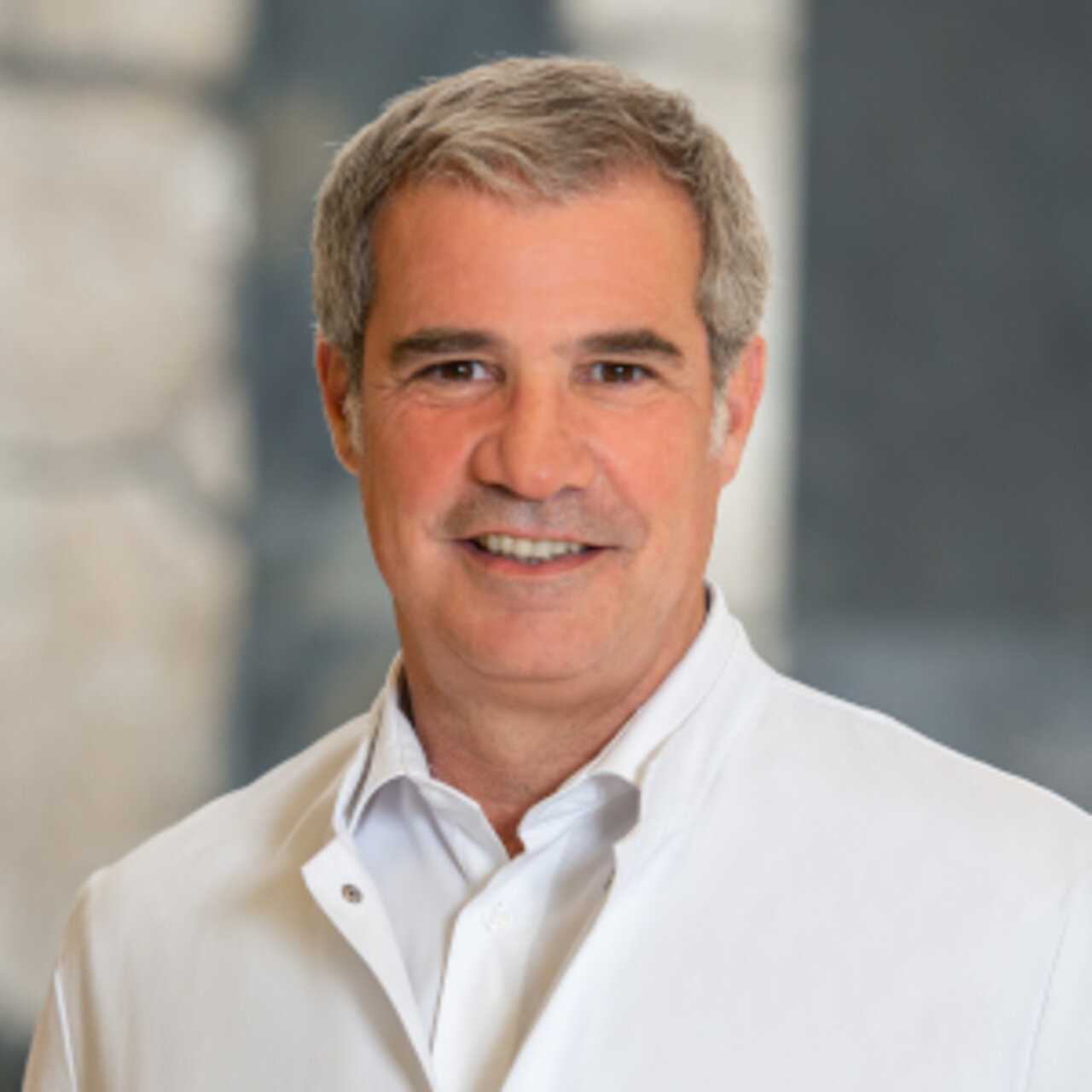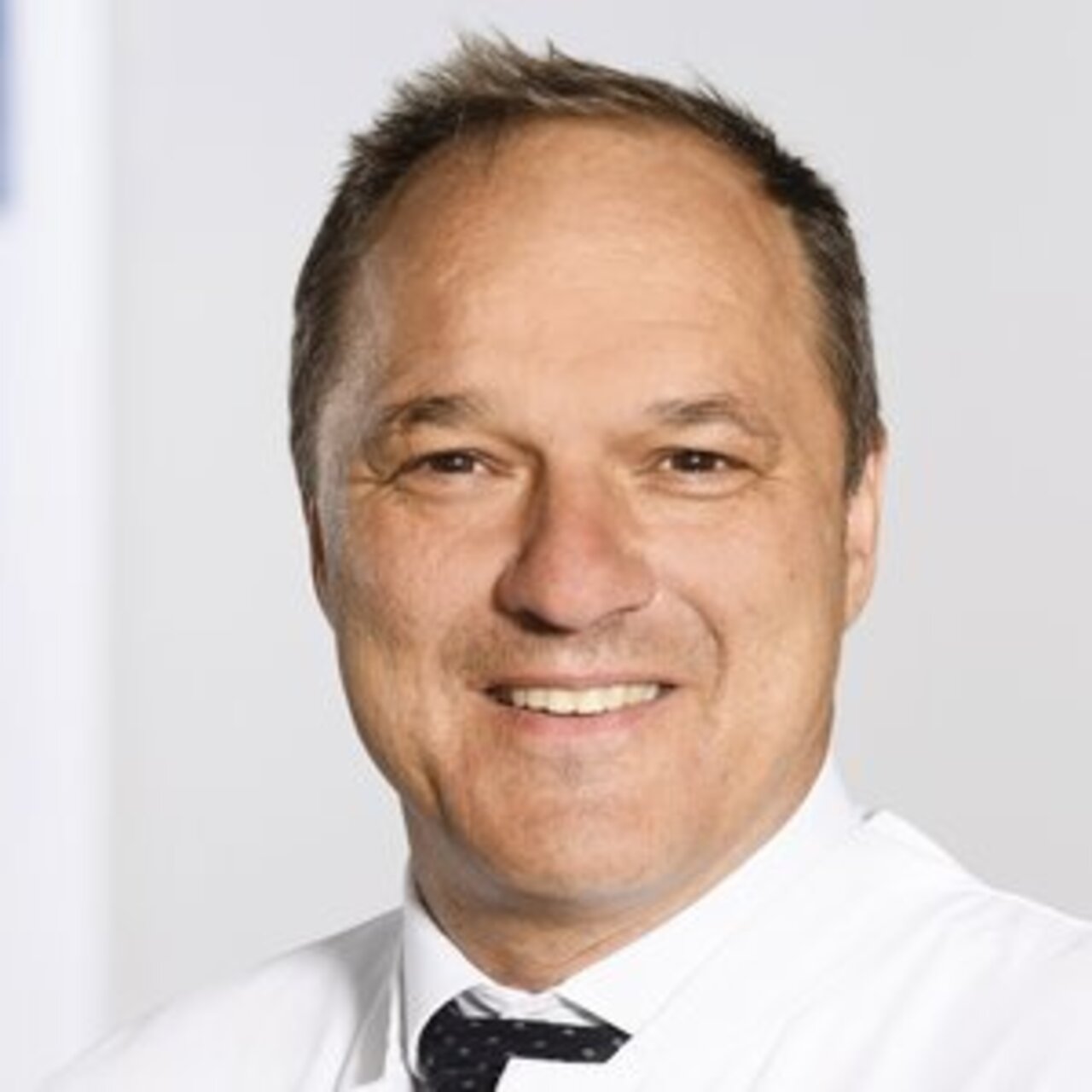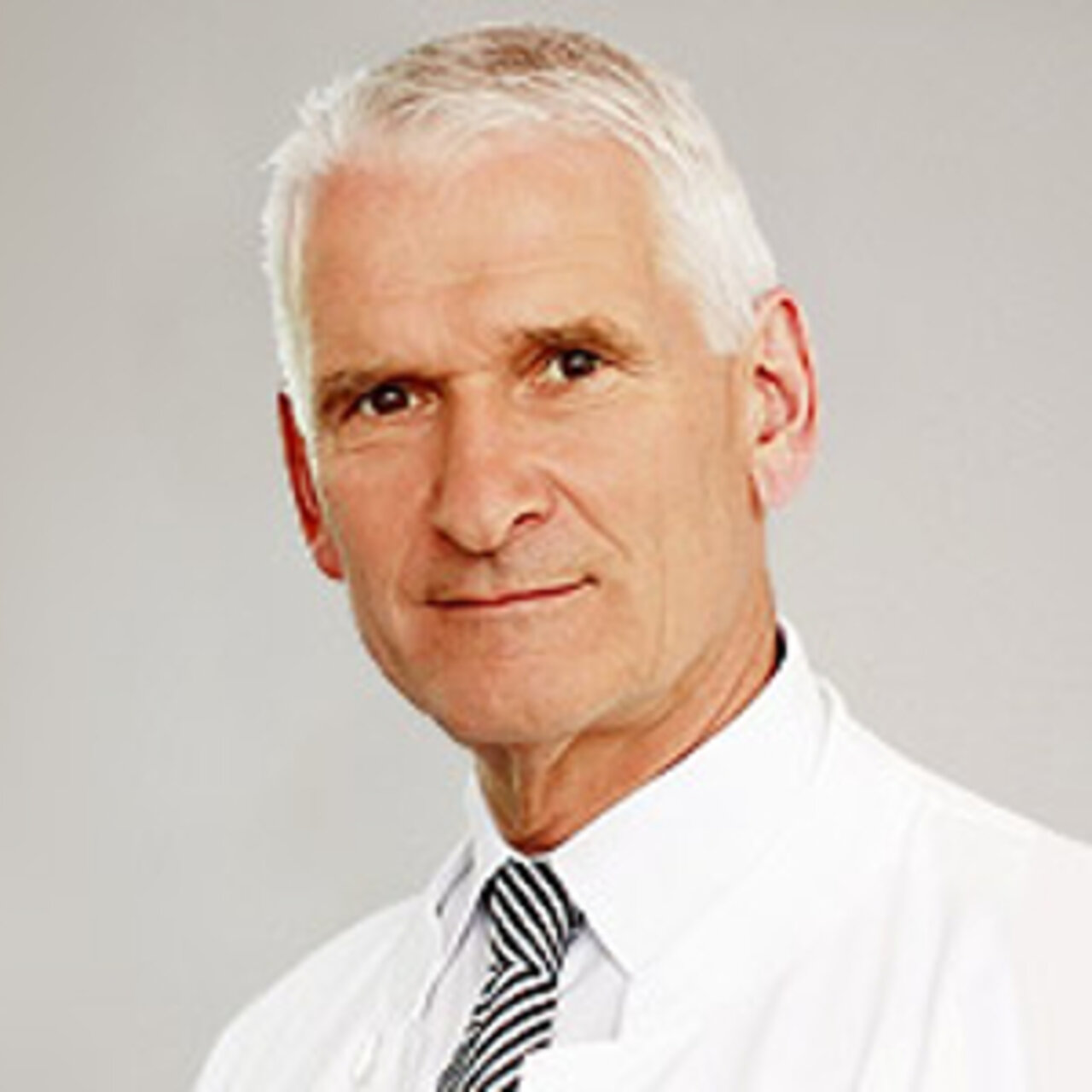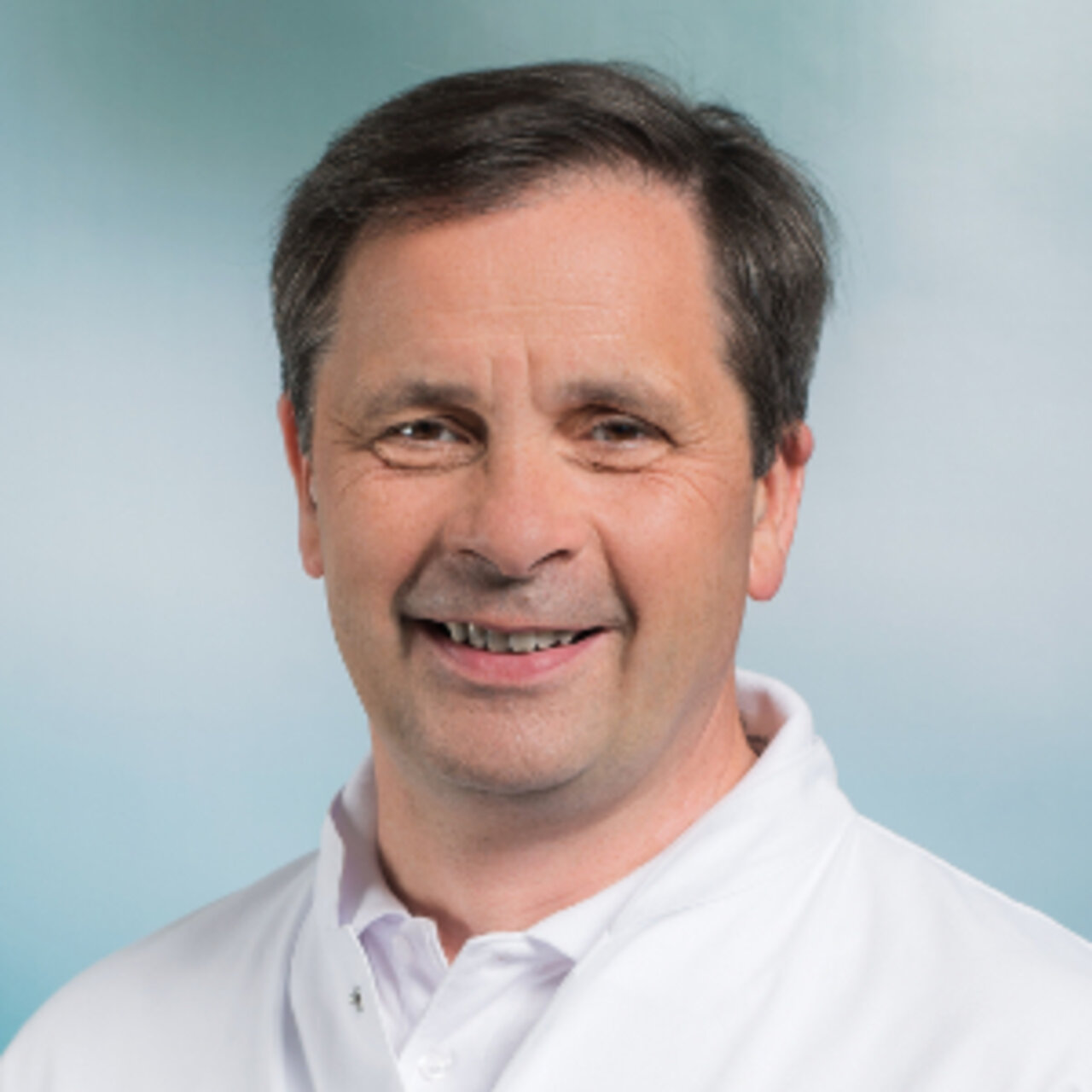Specialists in Scheuermann's disease
7 Specialists found
Information About the Field of Scheuermann's disease
What is Scheuermann's disease?
Scheuermann's disease refers to a growth disorder of the spine affecting adolescents. It results in the development of a hunchback (kyphosis) in affected adolescents.
Scheuermann's disease represents the most common disorder of the spine in adolescents. Between 1 and 8 percent of the total population is believed to be stricken with the condition. It is twice as common in boys as in girls.
The growth disorder occurs at the base and plate of vertebrae of the thoracic spine and/or the upper lumbar spine. Wedge-shaped vertebrae are formed as a result. In Scheuermann's disease, three or more consecutive vertebrae are wedge-shaped at an angle of at least 5 degrees. The wedge-shaped vertebrae create the round shape of the spine.
In patients whose spine is affected only in the lumbar region, the disorder is manifested predominantly by a flattening of the natural mild forward curvature (lordosis) of the lumbar spine.
The spinal curvature disorder in Scheuermann's disease is not always symmetrical and may also cause the spine to become bent sideways (scoliosis).
The hunchback seen in Scheuermann's disease is "fixed". In other words, the spine can not straighten in the affected area, in contrast to a hunchback resulting from poor posture. This hunchback can be straightened.
How does Scheuermann's disease develop?
The disease starts to develop at the age of 10. During the development of Scheuermann's disease, the vertebrae grow more slowly in the front than in the back, resulting in the wedge shape of the vertebrae. The top and bottom plates of the vertebral bodies undergo changes and the contours become irregular. In addition the vertebral bodies increase the pressure on the intervertebral discs and potentially causing this intervertebral disc tissue to burst into the vertebral bodies. Consequently certain cartilaginous nodules form, which are characteristic of Scheuermann's disease.
At present the precise underlying cause of the disease is not understood. However some factors can influence the development of Scheuermann's disease. A hunchback posture increases pressure on the anterior aspect of the vertebral bodies thus promoting wedge-shaped growth of the vertebrae. Rapid growth, a tall stature and hereditary influences also play a role.
Competitive sports or physical work may also cause deformation of the vertebral bodies in young people and historically the hunchback used to be referred to as the apprentice's back.
Nowadays weak musculature and a considerable amounts of sitting with poor posture, for example in front of the computer, belong to the more probable causes of a hunchback in teenagers.
How is Scheuermann's disease diagnosed?
In certain cases the disease may remain undetected for a prolonged period of time or be blamed on poor posture as most teenagers do not experience any physical discomfort from their hunchback. The condition is frequently not noticed until the curvature begins to show clearly in the spine or it is discovered by the pediatrician or family doctor during an examination.
The doctor will examine the vertebral column in the so called quadruped stance, meaning the patient will be on all fours. Poor posture is compensated for in this position, but in Scheuermann's disease the curvature of the spine cannot be compensated for and remains clearly evident as the vertebrae are fixed in the hunched back.
To secure the diagnosis a doctor will perform an X-ray, in which the typical wedge-shaped vertebrae can be identified and their angle can be measured. Modifications of the base and top plates of the vertebrae and cartilaginous nodules may also be seen on the X-ray.
How can Scheuermann's disease be managed?
Physiotherapy and strengthening of the back musculature usually suffice for mild cases where the angle of kyphosis is not greater than 50 degrees. For strengthening the back muscles swimming is a suitable exercise. Teenagers should not pursue occupations that are physically strenuous, for instance jobs which them to carry heavy objects.
Scheuermann corset
For more severe cases of Scheuermann's disease of angles starting from 45 degrees, wearing a corset may be also required if has not yet been completed and it is expected that the hunchback will continue to worsen. Primarily the corset is designed to prevent further deformation of the spine. The physician will adjust the brace and check the fit regularly.
Scheuermann's disease surgery
For adults with a severe curvature of the spine of 60 degrees or more, surgery is an option. Several criteria play a role in the decision for surgery. The decision is based on the severity of the curvature, the patient's appearance, symptoms, and whether there are neurological problems or impaired lung function. During surgery, vertebrae are straightened and stiffened.
This surgical method consists of a combination of two techniques (spondylodesis and dorsal compression): the vertebrae are erected and stabilized at the back. By erecting the vertebrae surgeons create a larger space between the wedge vertebrae. To fill the space between the vertebrae, the patient's own bone tissue is introduced. If the back of the vertebrae are stabilized without spondylodesis, there is a higher risk of complications such as the breaking of the rods which stabilize the back of the vertebrae.
Some of the possible complications of this surgery involve hematomas, wound healing problems and infections, deep vein thrombosis, embolism, vascular or nerve injuries. Nerve injuries can potentially cause paralysis.
What is the course of this disease and what are the long-term consequences?
Only one third of adolescents suffering from Scheuermann's disease complain about symptoms. Pain occurs more commonly in cases affecting the lumbar spine. Once growth is complete, the disease usually no longer progresses and the curvature of the spine is maintained.
Actual back pain normally does not occur until the patient is an adult.
Overextended back musculature and degenerative changes in the vertebrae and intervertebral discs can be the source of complaints as adults too are more likely to experience discomfort from a disease of the lumbar spine. However, it is possible for a curvature affecting the thoracic spine to be pain-free even in adults. Properly strengthened back muscles are beneficial in this respect. A hunchback of the thoracic spine is counterbalanced by an increased curvature (hollow back) of the lumbar spine. This compensatory hollow back in turn can cause pain and signs of wearing of the lumbar aspect.
Extremely pronounced curvature disorders of greater than 65 degrees are associated with a worse prognosis as they are likely to progress even after growth has been completed. Any thoracic spine curvature greater than 100 degrees can restrict lung function.
Which doctors or clinics specialize in Scheuermann's disease?
Pediatricians or family doctors are usually the first to recognize a hunchback of the child or adolescent. The patient is then usually referred to an orthopedic surgeon for further consultation. In addition, certain physicians specialize in pediatric orthopedics. Such doctors are generally the right contacts for children and adolescents suffering from Scheuermann's disease.
Someone in need of a doctor prefers the best medical care as possible. That's why patients like to know where to find the most excellent treatment centre. Since this question cannot be answered objectively and a serious doctor would never claim to be the best, affected people can only rely on the doctor's expertise.
We help you find an expert for your disease. All doctors and clinics listed here have been checked by us for their outstanding specialization in the area of Scheuermann's disease. They await your inquiry or treatment request.
